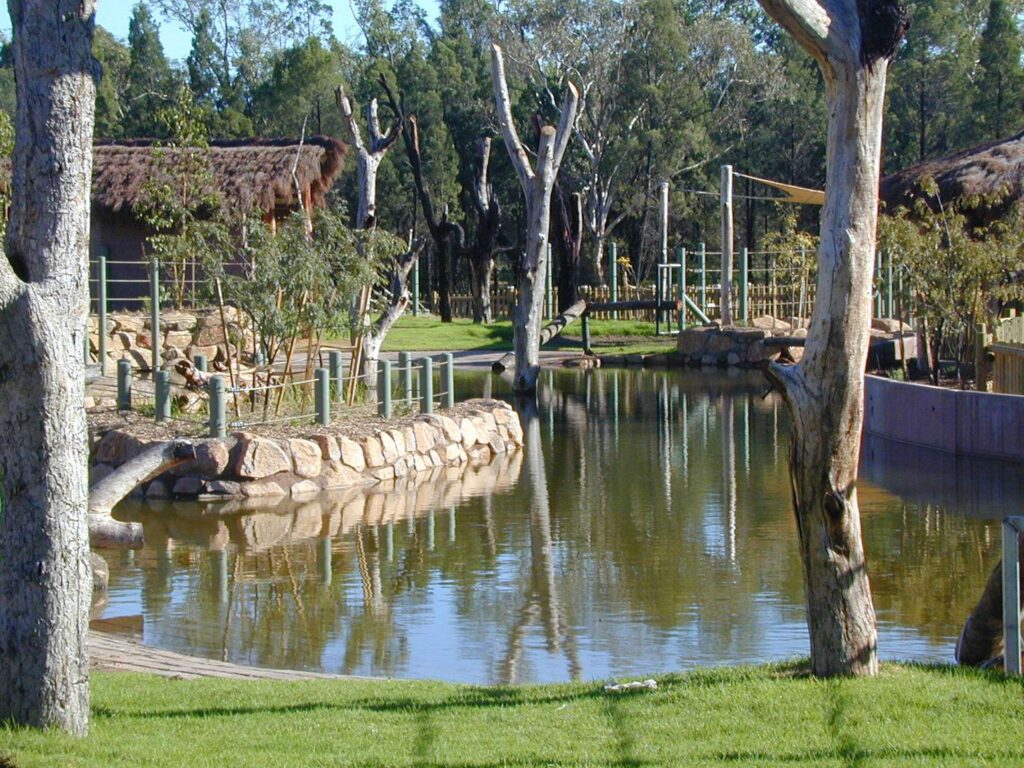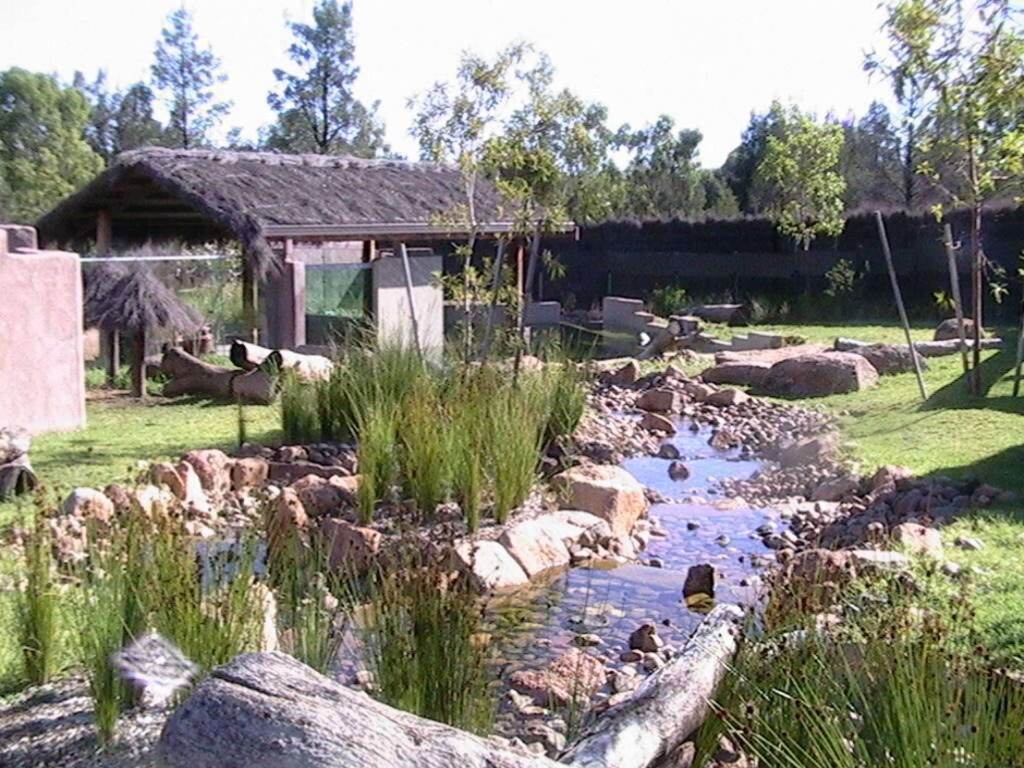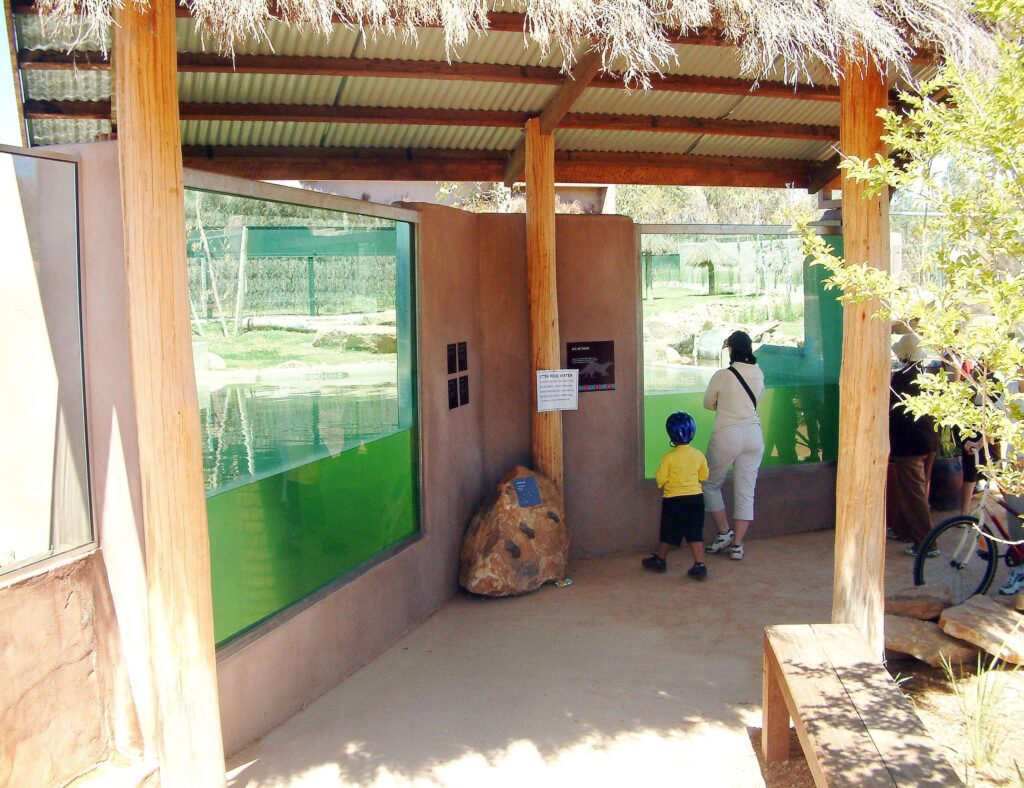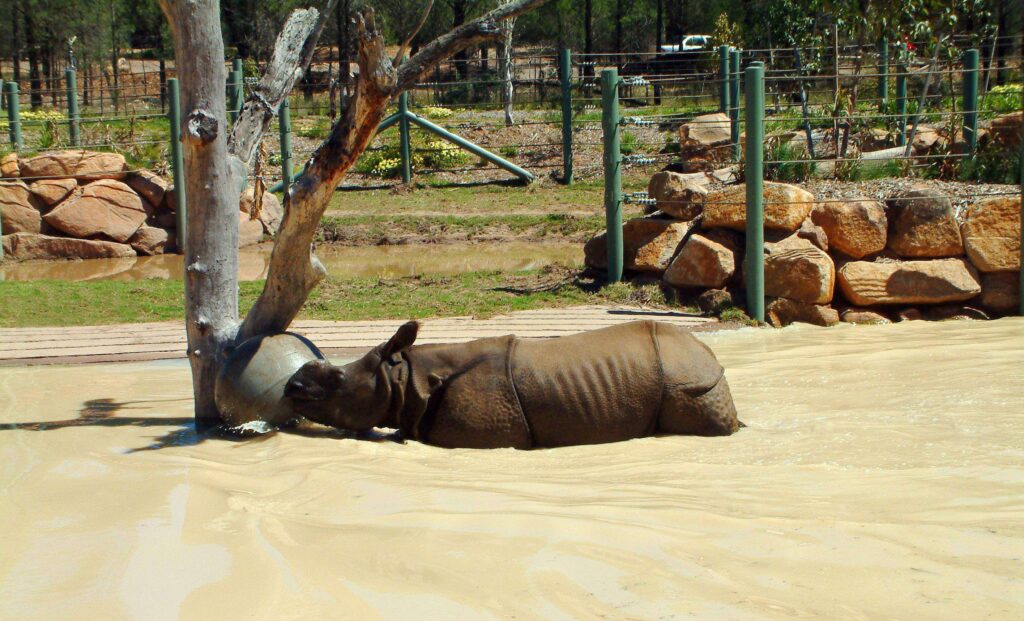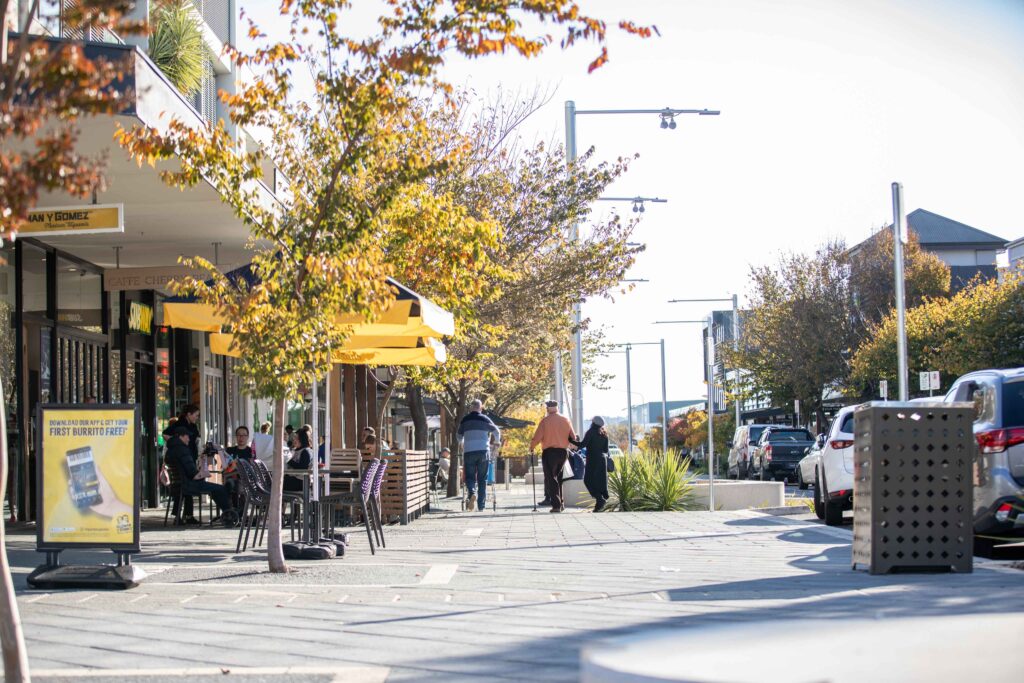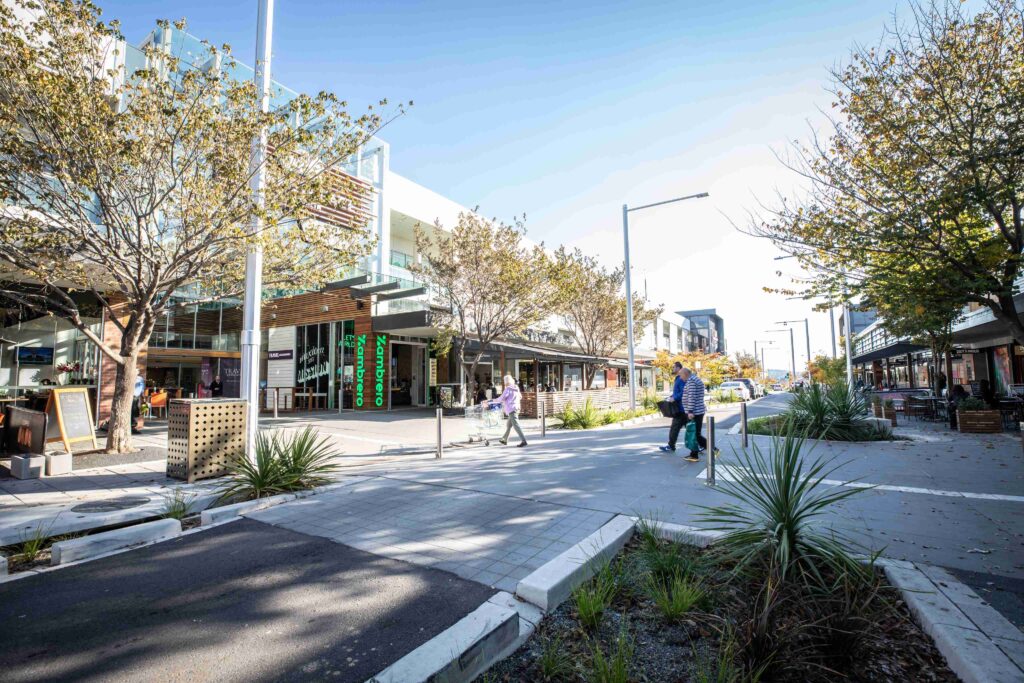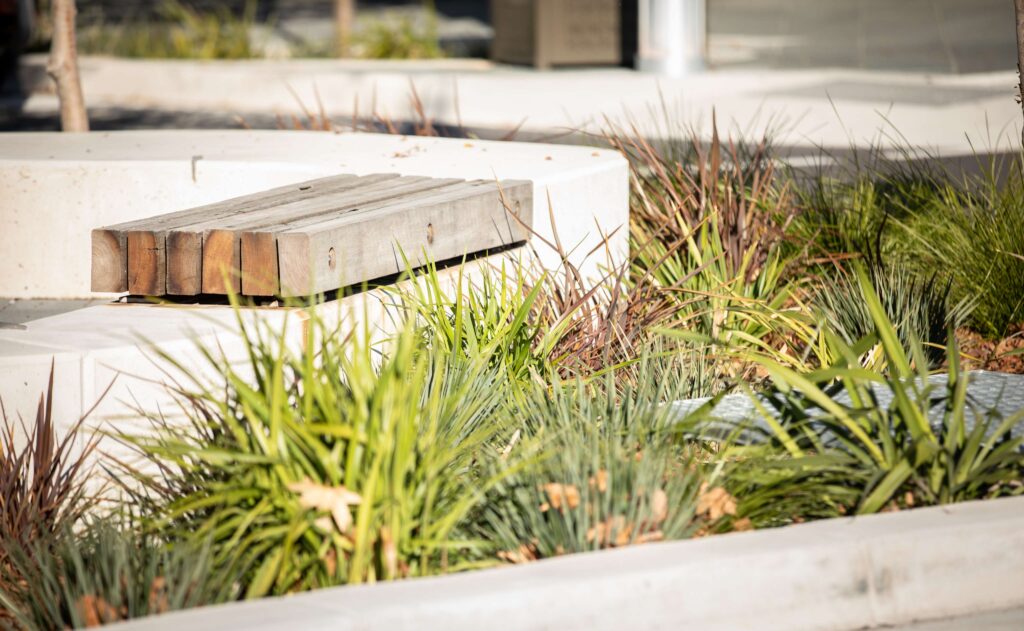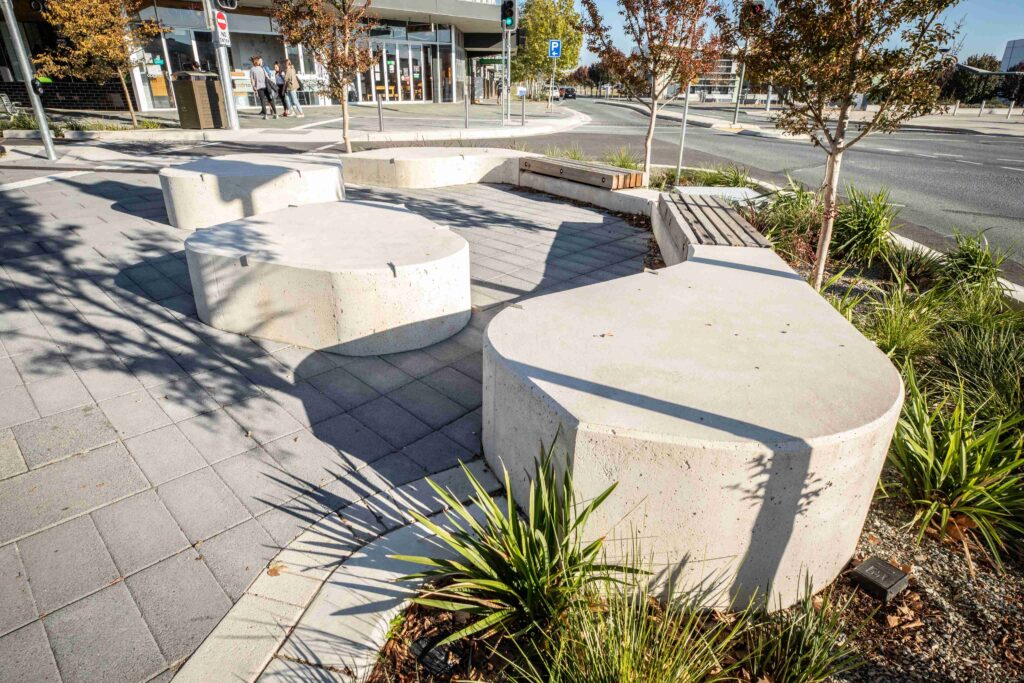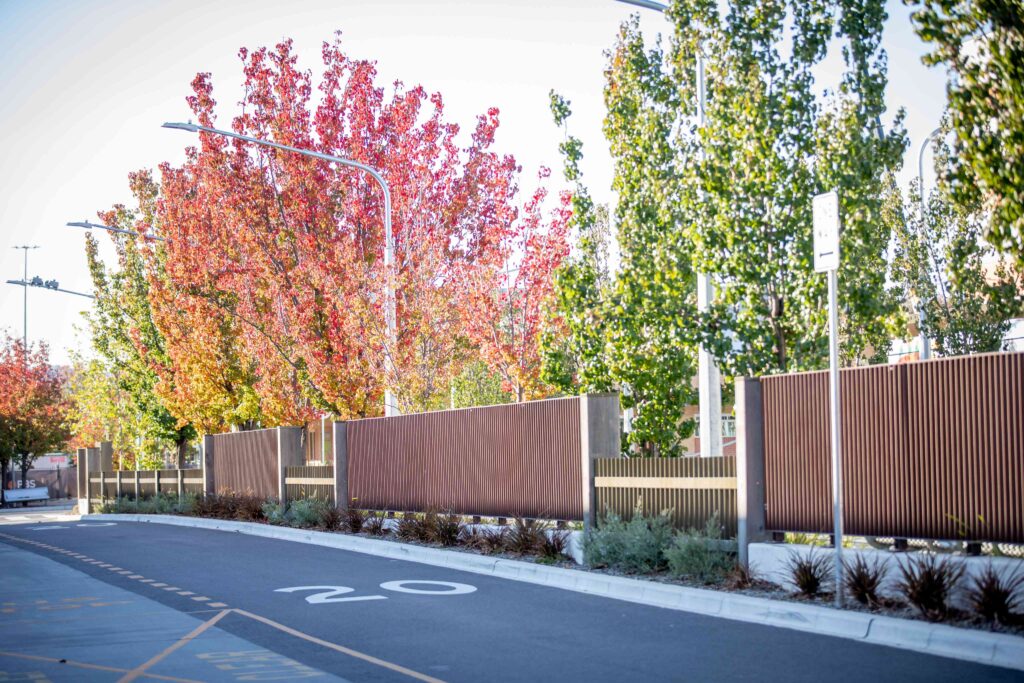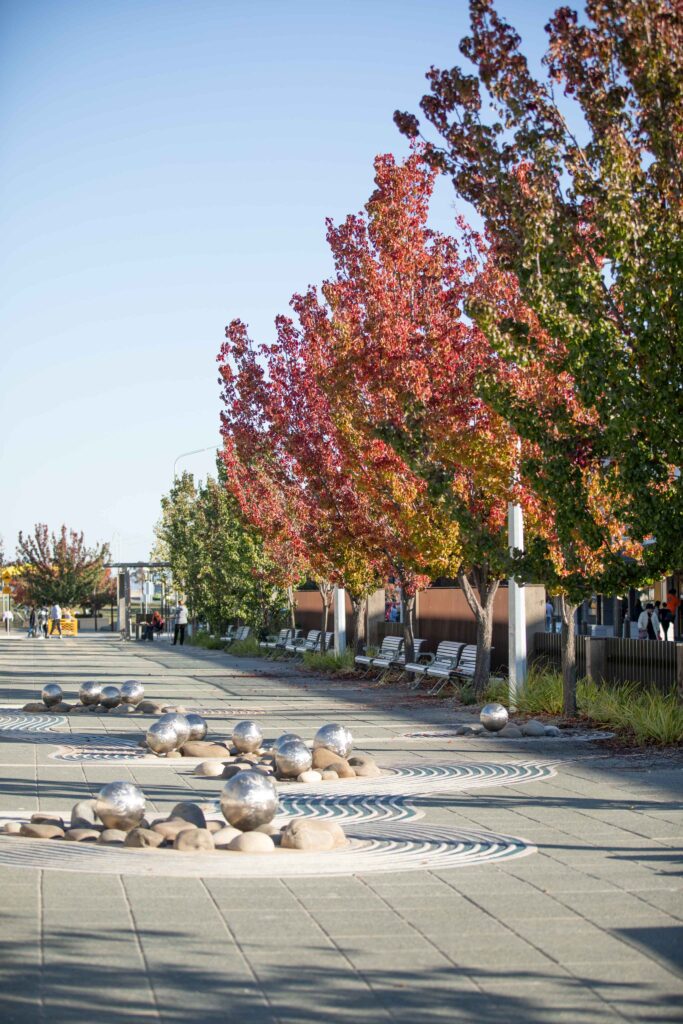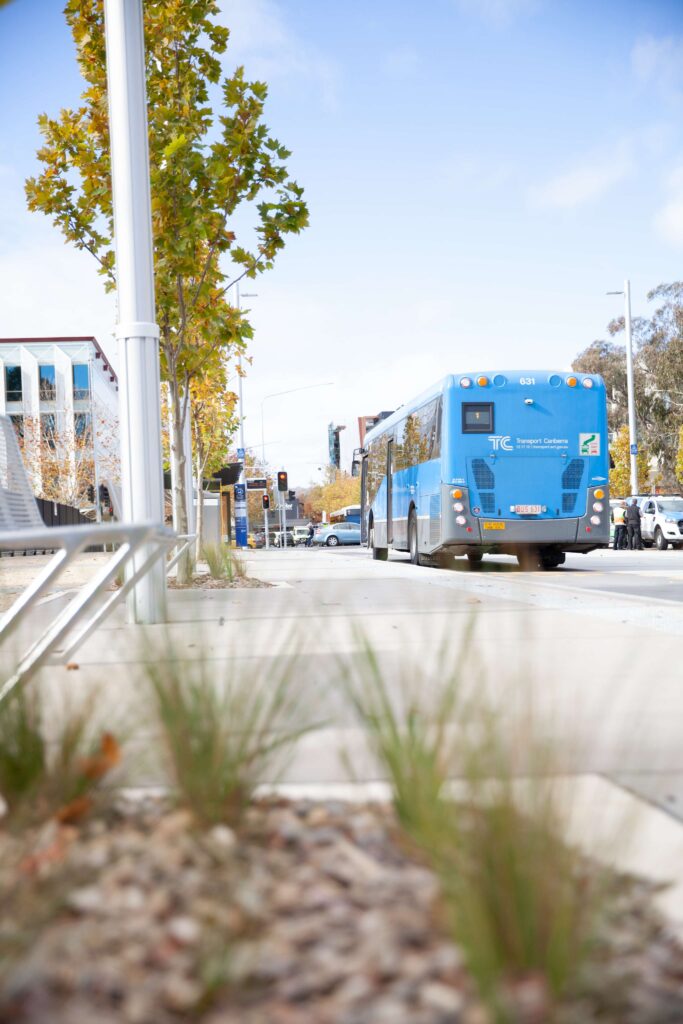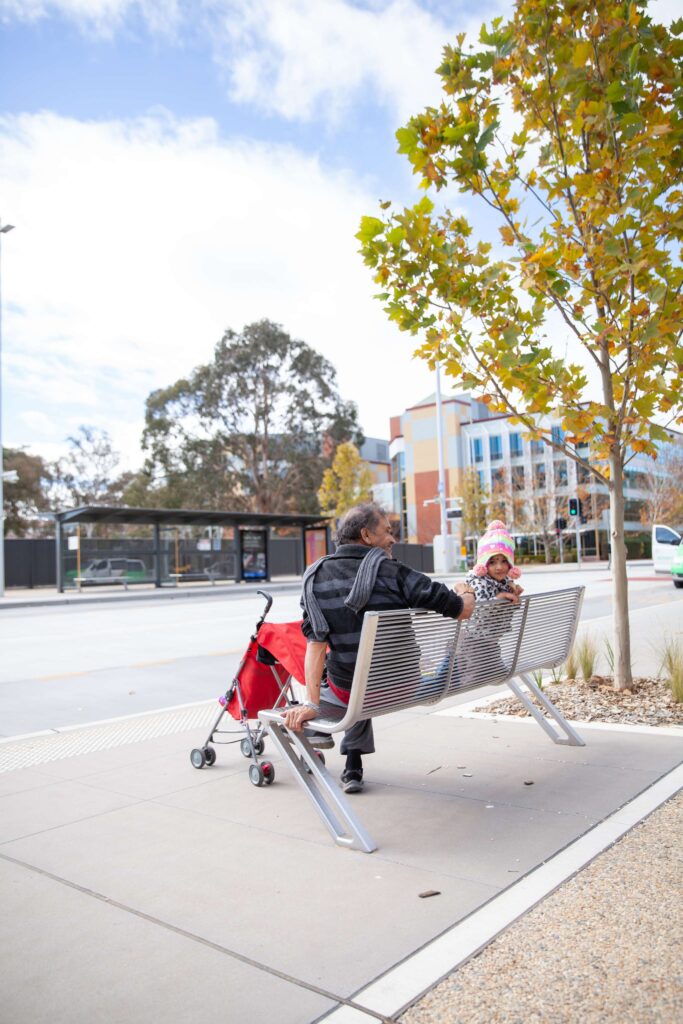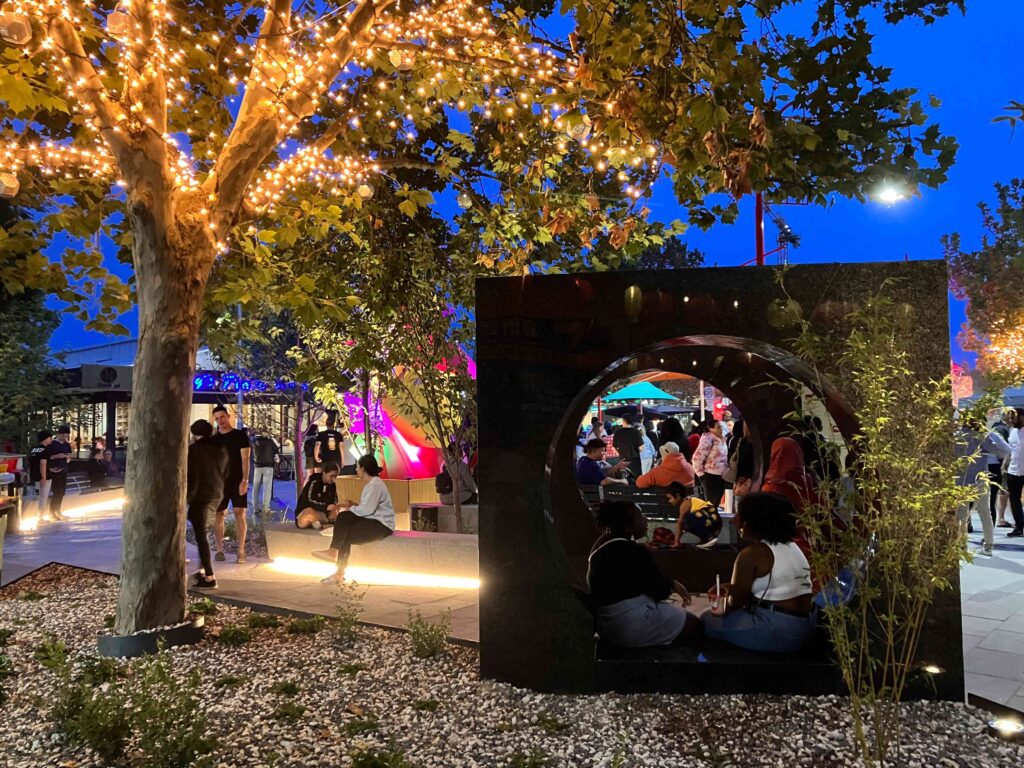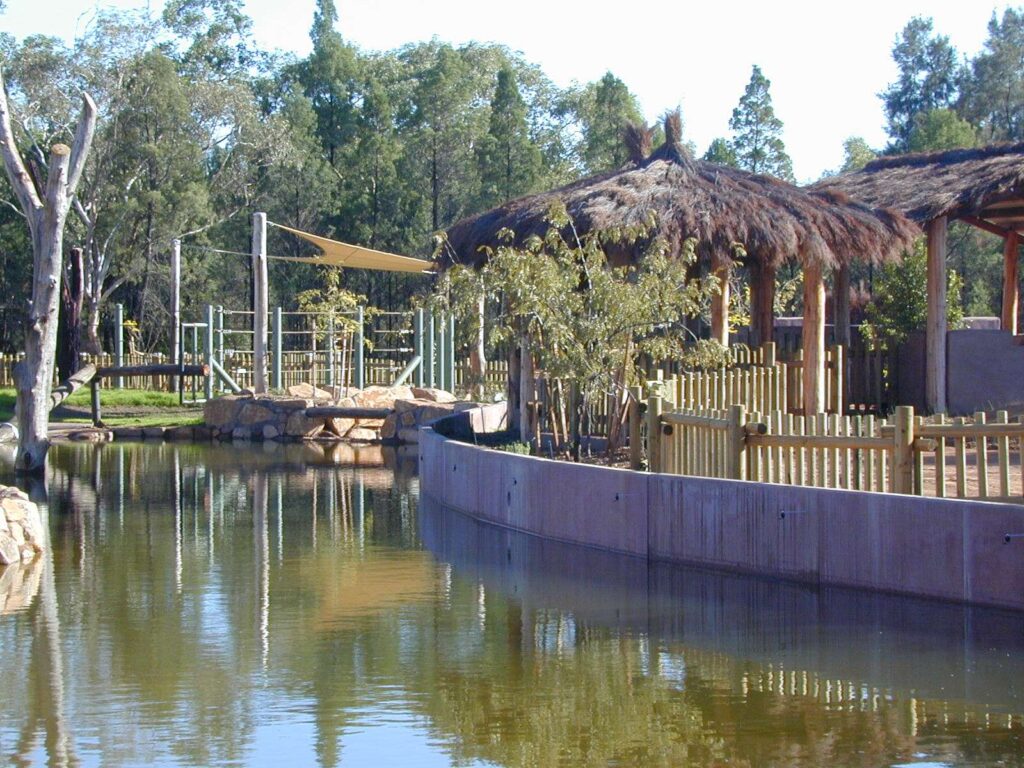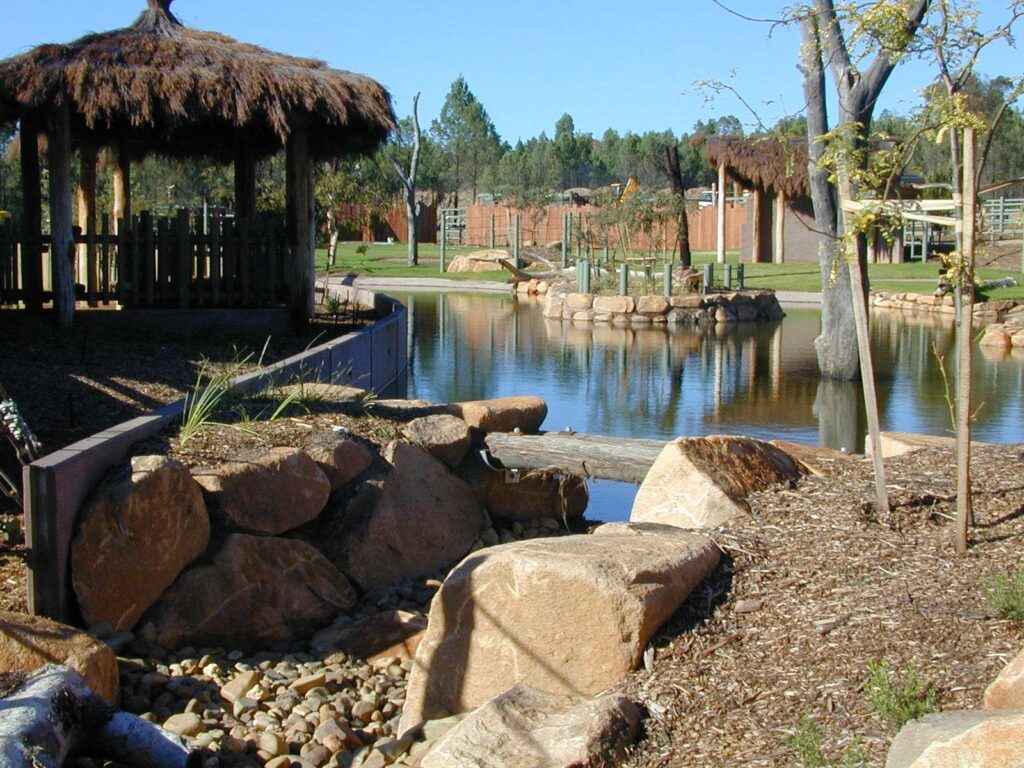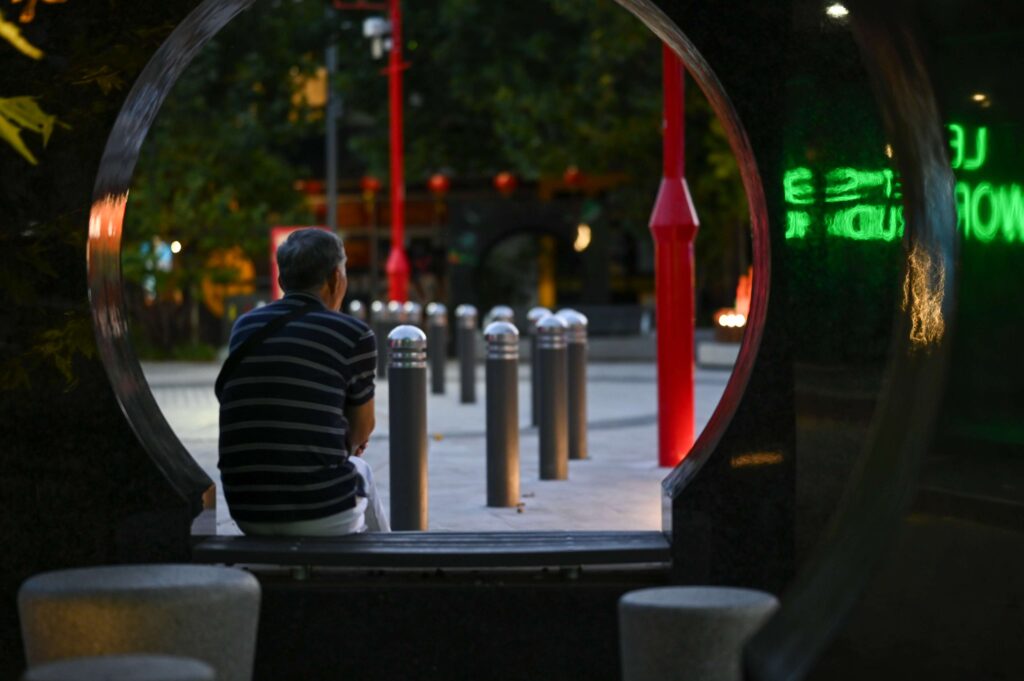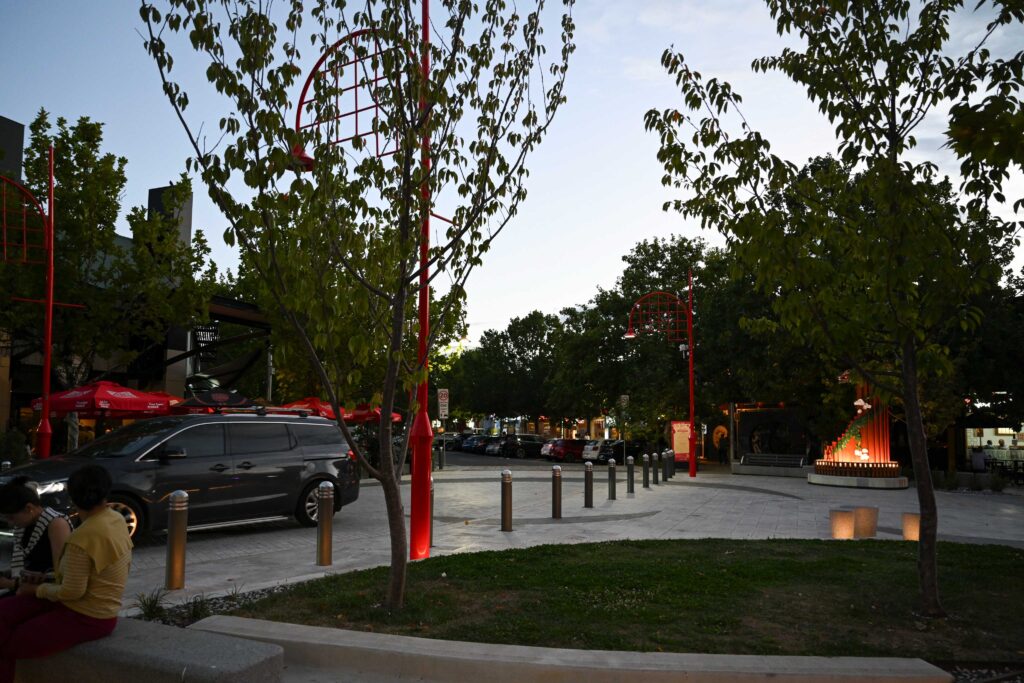Enhancing communities through people-centric design: Meet Hayden Rosser
Over the past 25 years, Hayden has worked as a landscape architect on a wide variety of projects, in a variety of countries and in different AECOM offices.
Having grown up in the Northern Rivers of New South Wales where a passion for the environment and outdoors started, Hayden has gone onto work in landscape design, urban design and master planning for infrastructure, residential, tourism, commercial and open space projects. His project experience extends both locally and globally, including widely across Australia and New Zealand, the UAE, Oman, Algeria, Caribbean, Hong Kong and China. Through that experience, Hayden has worked for the Sydney, Abu Dhabi, Canberra, and now the Gold Coast office, having recently moved back to the Northern Rivers.
The one thing that remains a focus through every project, is a drive to design for people, and delivering positive community outcomes through ‘people-centric design’.
Where did this drive for designing for people come from?
My passion for people-centric design didn’t start at a single point in time, it evolved over the years. My first project at AECOM was the One-horned Rhinoceros and Otter Exhibit at the Dubbo Western Plains Zoo. This involved curating both the visitor experience and the animals’ enclosures, addressing the unique challenges of keeping rhinoceroses safe in captivity. I vividly remember spending countless hours researching African villages and landscapes. Our goal was to interpret that quintessential character into an immersive experience for zoo visitors. This exhibit marked a shift for the zoo, allowing visitors to experience larger animals up close.
Over the years, working in various locations and among different cultures, my drive to deliver engaging and community-valued projects grew stronger.
People-centric design is pivotal in every project within the built environment. Whether designing for communities living with dementia, hospital care, playgrounds, tourist destinations, local parks, or major infrastructure, the focus must always be on creating places for people first.
Every project is an opportunity to find solutions that lead to positive outcomes. For me, a project isn’t complete until I see people interacting with it. There’s a unique satisfaction, an internal smile for a designer, when people start using and engaging with what you’ve envisioned and delivered.
How does your passion for people-centric design influence your projects?
Over the years, AECOM has evolved its focus from a collection of singular design disciplines to large interdisciplinary projects where we collaborate to solve complex challenges. I find these kinds of projects that involve a diverse group of design disciplines, backgrounds, ages, identities and ethnicities most enjoyable. I’m fortunate to work at a company that prides itself on inclusivity.
As a landscape architect, I advocate for outcomes that prioritise both People and Place — ensuring our designs are not only functional and beautiful, but also meaningful and impactful for the communities we serve.
Is there an AECOM project that sticks in your mind?
There are many, but one in particular that I take personal pride in. Initially, it wasn’t a project.
I was working on a new bus station that connected to a new light rail terminus. With the new terminus, buses were no longer operating on the main street. I saw an opportunity to transform the main street into a space where pedestrians were prioritised, enhancing street activity and benefiting adjacent shopfronts. I was confident that by focusing on people, the north side of the street could transition from service outlets to on-street dining and eateries. Three design options reached the transport minister’s desk, and the project was created. I led all design disciplines to create a new people-centric street.
Today, that street safely connects school students to public transport, features outdoor dining, public seating, street furniture, mature trees and rain gardens, all while retaining car parking and car movements.
The only occasional criticism is that the street is often so busy with pedestrian activity and people, it delays the cars trying to pass through. I’ll wear that criticism like a badge of honour.
How does the role of the landscape architect fit with people-centric design?
The ‘traditional’ role of the landscape architect, varied in its definition, is someone who designs and plans outdoor spaces, blending functionality with aesthetics to create beautiful and sustainable environments.
I have learnt over the years, that landscape architects have such diverse roles in the natural and built environment. The typical design process of a landscape architect goes beyond considering environmental factors of sun, shade, wind and slope. We consider the existing desire lines of the local communities, connections, nearby facilities and demographics to understand our target users. We’re also relatively unbounded by rules. We have a few standards that deal with access, trips, fall heights, ramps and stairs, but we aren’t overly prescribed on the shape and size of what we create. We immerse ourselves in understanding the user, how our design will function, how people will engage in it, how it will benefit health and well-being and its economic, cultural and social value.
This process is what makes us acutely people-centric designers.
People-centric design is just part of our humanity, focusing on understanding and addressing the needs, behaviours, and experiences of people, which aligns with our innate desire to connect, empathise and improve people’s lives.
